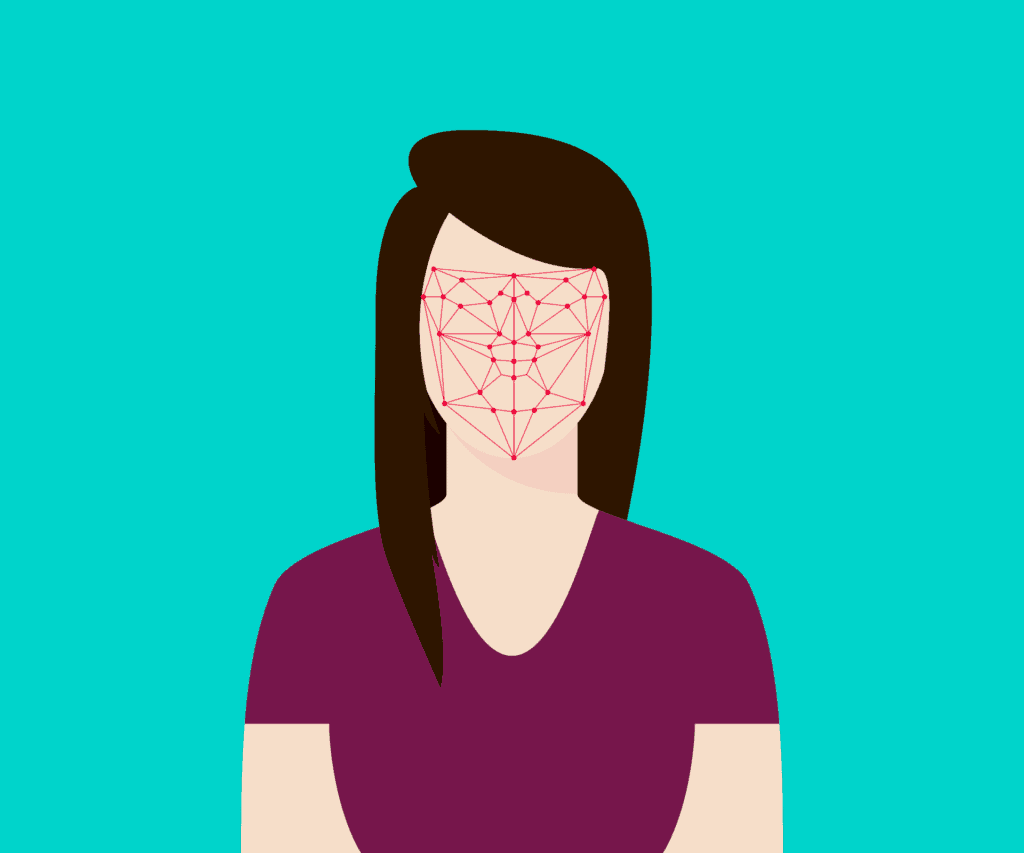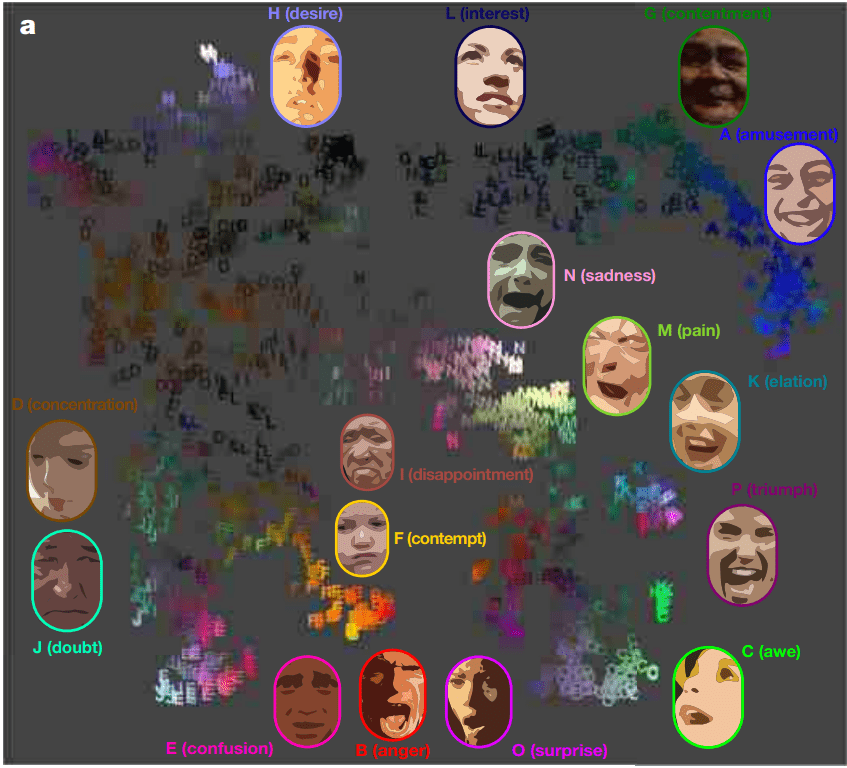
There are more than 7,000 languages spoken in the world today, but sometimes facial expressions communicate much more than words, regardless of your mother tongue. Whether facial expressions and the emotions that underlie them are preserved across cultures has been a subject of great debate for years.
Studies that have attempted to document the universality of facial expressions have typically relied on experiments in which participants had to label photos of posed expressions. If there’s a consensus among participants from different cultural backgrounds about what behaviors reflect “joy”, “anger” or some other affective state, then this would be evidence of universal patterns of behavior.
However, these setups are limited and biased by language, as well as cultural norms and values.
Scientists at the University of California Berkeley and Google Research took a more objective approach, looking to assess human facial expressions and social situations in a more natural context. The team led by Alan Cowen, an emotion scientist at the University of California, Berkeley and a Visiting Faculty Researcher at Google, trained a deep neural network to evaluate whether different social contexts were associated with specific facial expressions across different cultures.
The deep neural network, which is a type of machine learning that attempts to draw similar conclusions as humans would by continually analyzing data with a given logical structure, was initially trained with data from English-speaking people from India, who tagged 16 patterns of facial movement associated with distinct English-language emotions.

The algorithm was then fed 6 million YouTube videos from 144 countries — a staggering trove of data that is much larger and diverse than the sample sizes of any similar studies before it. The assessment showed that similar expressions occurred in similar contexts around the world.
“There’s a lot of debate about whether facial expressions mean the same things in different cultures. For decades scientists have relied on survey data to address this question. But we don’t know how accurate those surveys are, because there are language differences, because it depends on how you ask the question, and because facial expressions can have multiple meanings. What we haven’t been able to do, until now, is look at how facial expressions are used in the real world. This is the first worldwide analysis of how facial expressions are used in everyday life, and we found that universal human emotional expressions are a lot richer and more complex than many scientists have assumed based on survey data,” Cowen told ZME Science.
The study, which was published in the journal Nature, took four years of hard work to complete and required the development of novel machine learning tools. “When we first got our algorithm working, that was a big moment for me,” Cowen recounts.
In their study, the authors mention how expressions such as “awe”, “contentment”, and “triumph” were associated with wedding and sporting events irrespective of the country where they took place. But each type of expression had distinct associations with specific contexts that were 70% preserved, on average, across 12 global regions.
“The expression of triumph during sports emerges as one of the most universal across cultures, at least in terms of what’s captured in videos online,” Cowen said.
“We found that there was some degree of universality for all 16 of the facial expressions we analyzed,” he added.
These findings point to a universality of facial expressions, which may be biologically hardwired. However, this isn’t the final say on the matter. Since all the cultures included in the study have access to the internet, it is possible that the findings reflect culturally-transmitted facial expressions through globalization.
Nevertheless, the researchers also have strong evidence that facial expressions are mainly driven by biology.
“We recently even found evidence that context-expression associations depicted in ancient Mayan sculptures reflect Western intuitions about emotion, and those predate cultural contact with Western Europe,” Cowen said.
The researchers also found that context-expression associations in Indonesia and the Philippines were closest to the world average, rather than in the U.S. or Western Europe as one would assume.
“We do see some evidence for more dispersed geographic diffusion of facial expressions, and it seems to suggest that they’re a little bit cultural. But overall, a strong case is emerging that some facial expressions are biologically prepared,” Cowen said.









